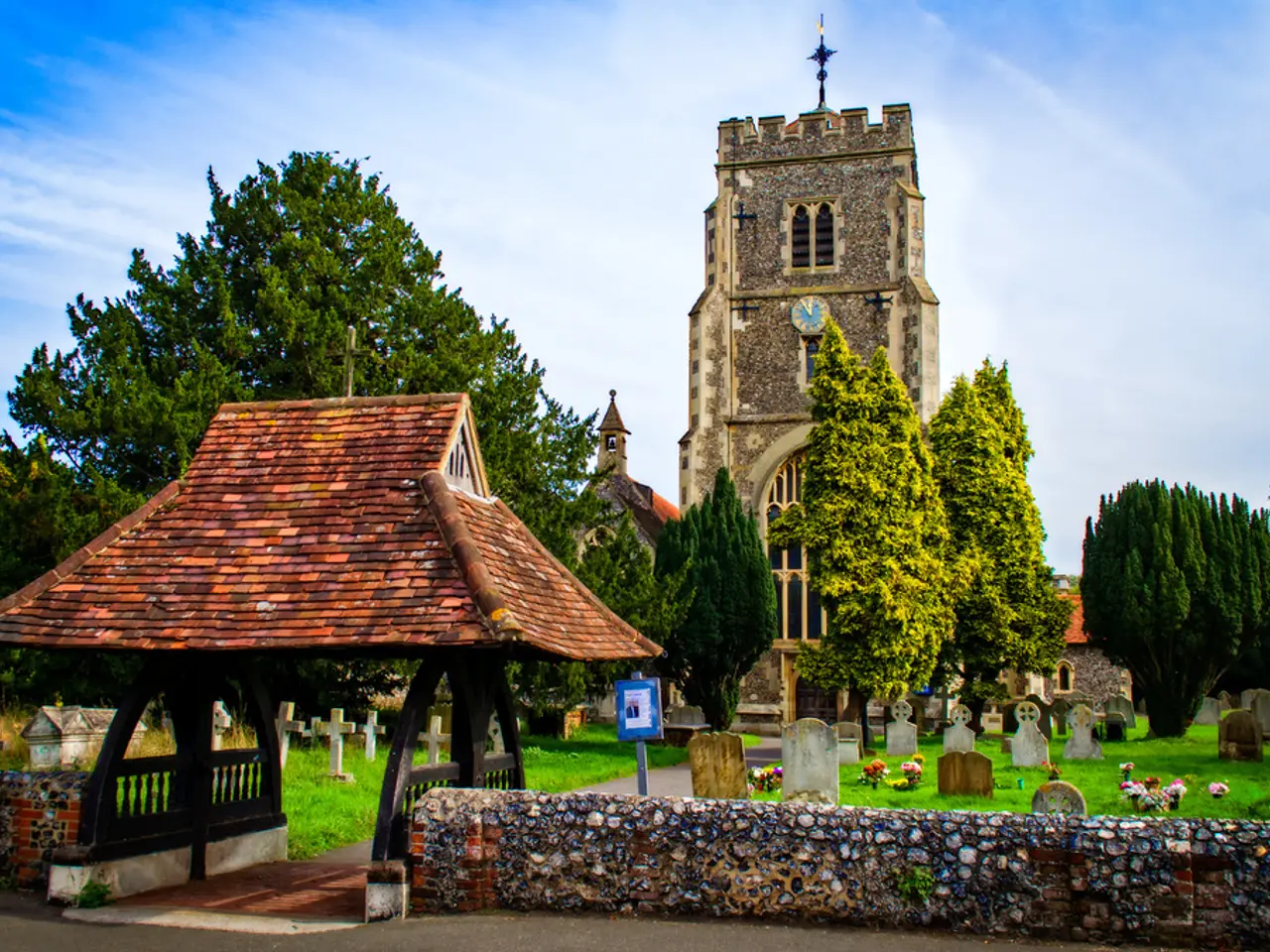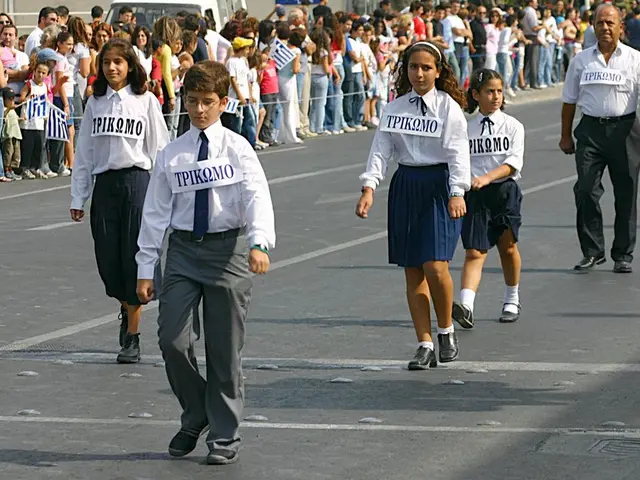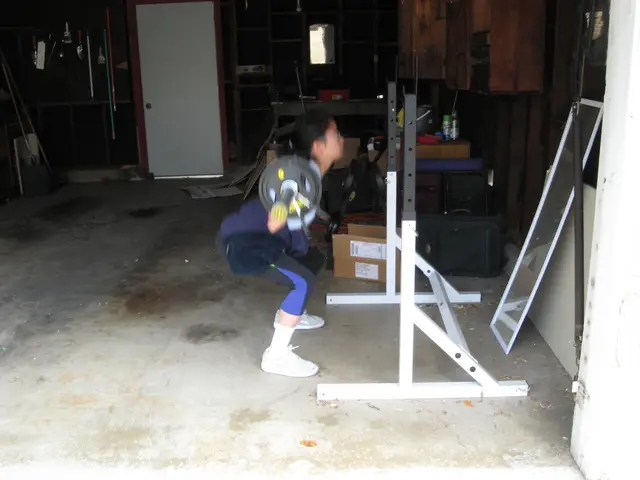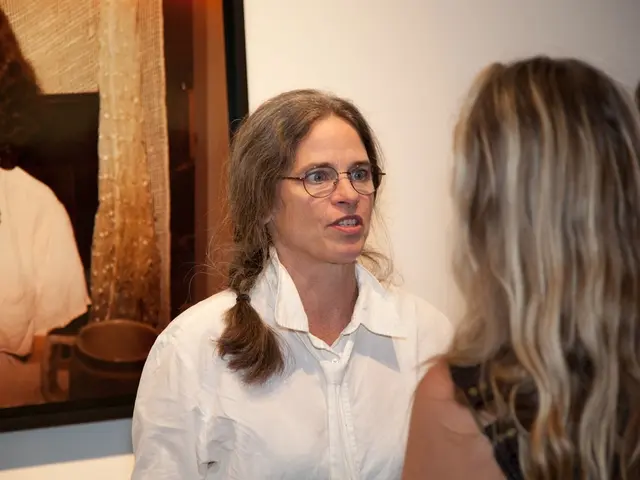Vietnam's Aging Population Outpaces Elderly Care Facilities
Viet Nam's aging population is outpacing the availability of elderly care facilities. While the Thị Nghè Elderly Care Centre in HCM City offers daytime meals, medical check-ups, and social activities, it's one of only a few dozen nationwide. This scarcity highlights the urgent need for more senior daycare centers, as one in five Vietnamese will be a senior by 2038.
Currently, HCM City, home to over 10 million people, has just 20 elderly care facilities. The Thị Nghè Centre is one of them, offering morning yoga sessions for its residents. However, the lack of clear legal frameworks and investment uncertainty has deterred real estate and healthcare developers from entering the senior care sector. Additionally, Viet Nam's Confucian traditions make it culturally challenging to discuss and accept elderly care centers.
To address this, industry leaders are calling for government policies to create a regulatory framework and incentive structure for senior care development. Affordability is a major hurdle, with average pensions at VNĐ6.2 million (about US$250) per month and basic daycare services starting at VNĐ10 million. Despite these challenges, Viet Nam's population aged 60 and older now makes up over 16 percent of the population, underscoring the urgent need for more senior care facilities.
As Viet Nam's population ages rapidly, the demand for elderly care centers is increasing. With only a few dozen centers nationwide and cultural barriers to overcome, the government and private sector must work together to create a supportive legal framework and make senior care more affordable. This will ensure that Viet Nam's seniors have access to the care and support they need.








